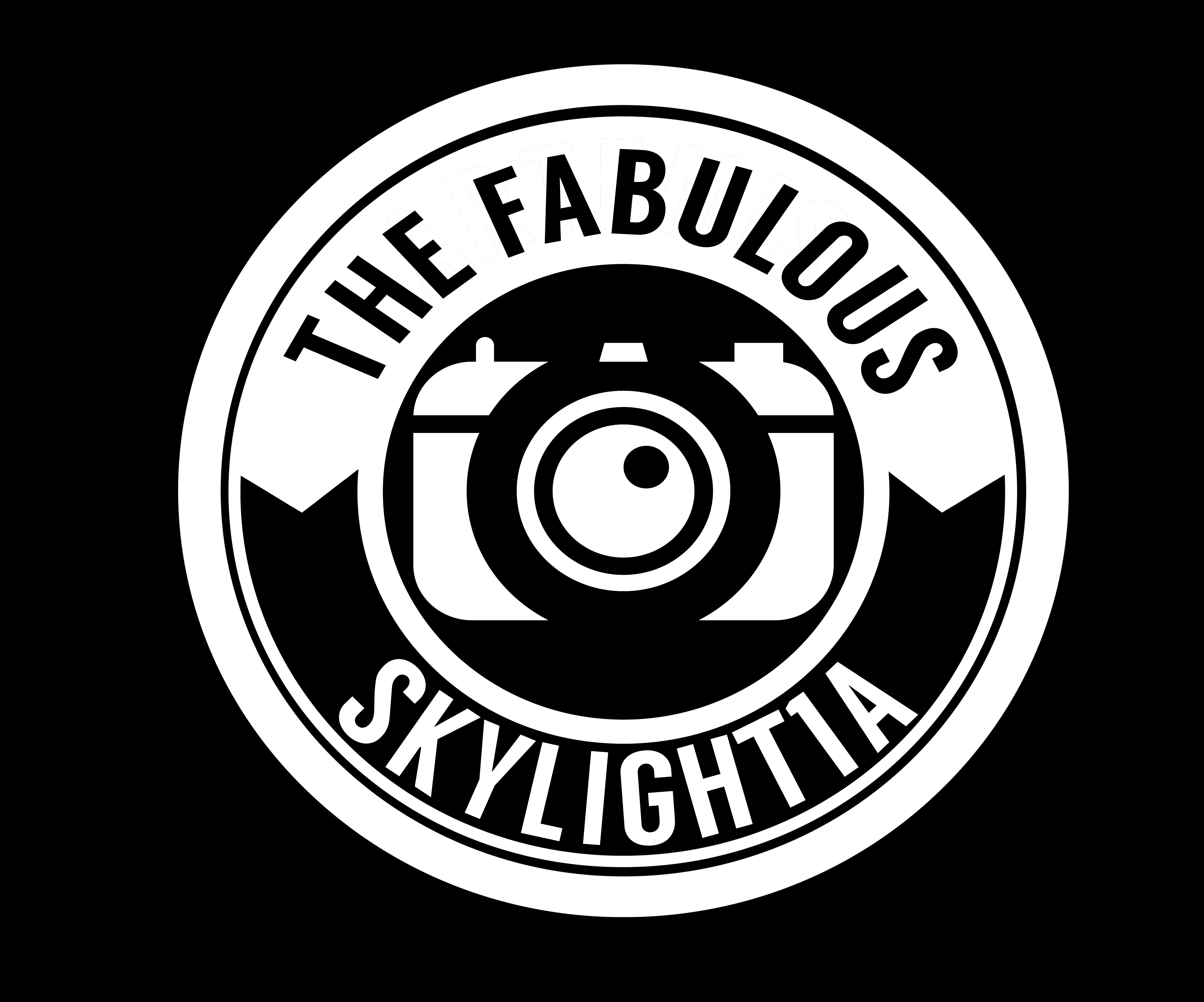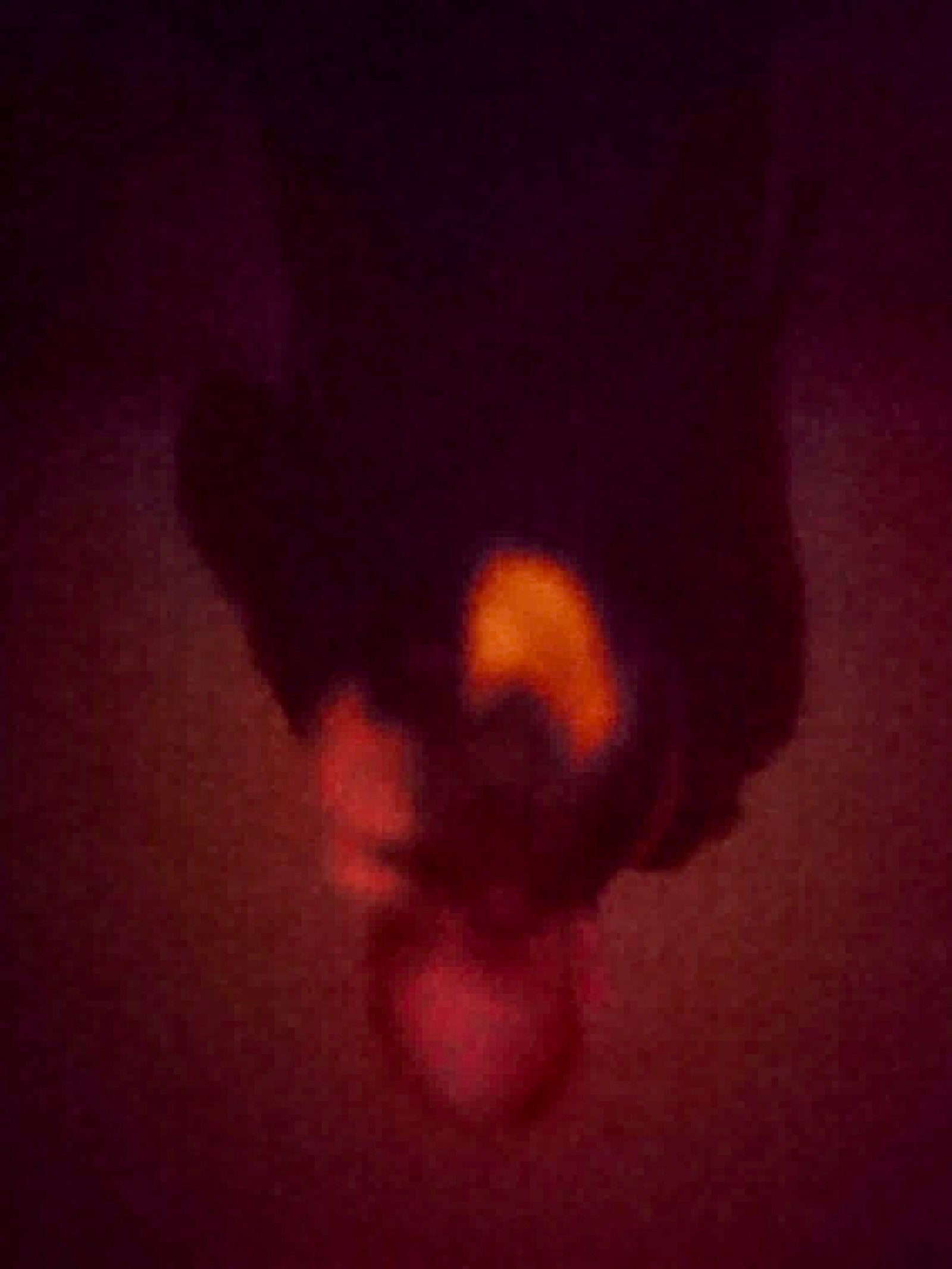This short video above is the opening of my exhibition "In Your Head" about trauma and trauma therapy.
When a man with a knife was seen in Wuerzburg's old town in mid-July 2022, this awakened memories of the rampage one year ago for many people. Just one year has passed since the terrible attack at the Barbarossa Square, where a man stabbed and killed three women, and severely injured several others.
This incident is like a wound in the city. It remains in the memory; it triggers fear, anxiety and feelings of powerlessness.
Therefore, my project “In Your Head” is about trauma and dealing with traumas. I want to represent what the victims, witnesses and their relatives experienced, and what closure and finality the victims of the attack may hope to achieve. Catherine Malabou writes “We know that for Freud no experience is forgotten. The trace is indelible. The trace can be modified, deferred, reformed—but never erased”.
For more than six months, in collaboration with psychotherapists, I interviewed victims, witnesses, and doctors to try to understand their experiences during and after the attack. Through this, I learned their present feelings, the triggers that recall their experience, and how they deal with these painful memories. According to Sigmund Freud the mind is susceptible to traumatic exposure when powerful stimuli breach its protective shield. By researching trauma and trauma therapies, I developed a visual language that reflects these people’s emotions, their triggers and their trauma.
With a combination of portraits and lenticular images, I have attempted to present the emotions and thoughts of the people with whom I spoke. With the lenticular images I have created a short animation selected from images chosen in collaboration with those interviewed. The lenticular images also simulate the work of trauma therapy in an intense atmosphere.
The French artist Gaspard Antoine de Bois-Clair invented the lenticular technique during the 17th century, and it has improved in the last decades. The artists Chris Levine and the Austrian Alfons Schilling use this technique for their work.
I used a large format camera with 4 x 5 inch black and white negative film for the portrait photographs. This camera was made in the 1950s and the process of taking images with it is a slow one. However, the slow exposure helped me to engage with my subjects and gave me time to respond to them. Also the negatives and the development process using this camera created a style of its own, which suited the atmosphere created by the lenticular images.
On scanning the negatives afterwards, I was able to edit them and even combine them with the lenticular templates, but this only worked using smaller images.

